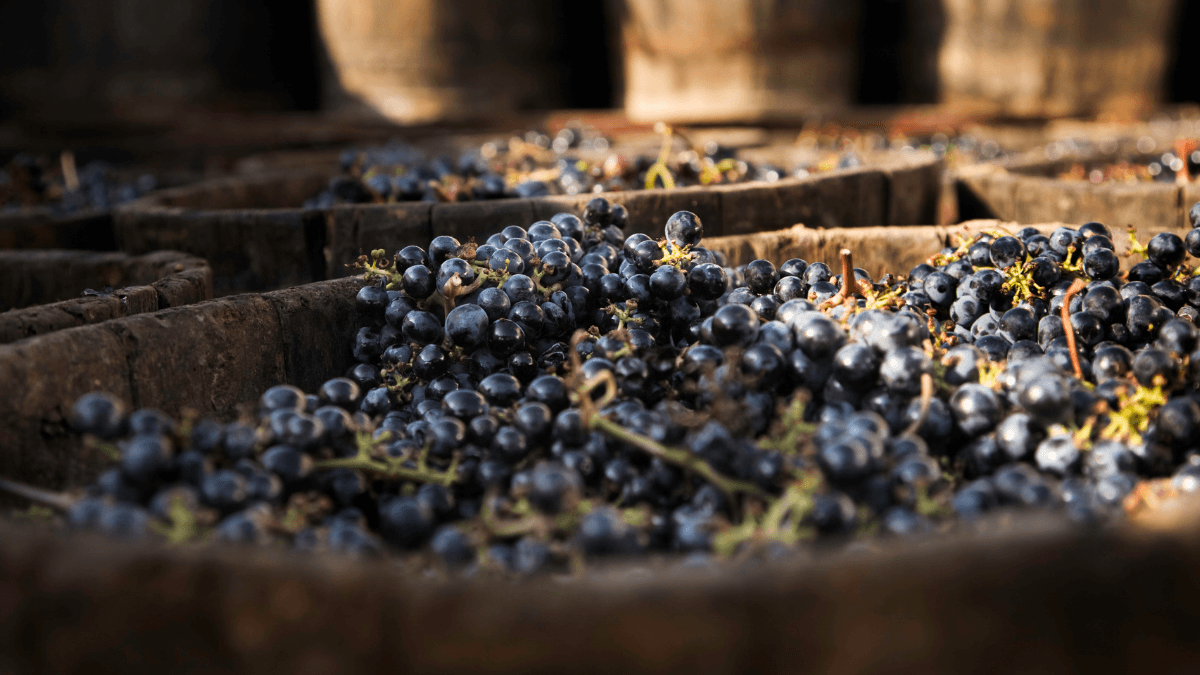


Grenache, known as Garnacha in Spain, has a heritage that dates back centuries, making it one of the oldest grape varieties still in cultivation today. Once thought to be native to Spain, its origins remain a topic of debate among wine historians. It thrives in warm climates, leading to successful cultivation across various regions, notably in the southern Rhône Valley of France, where it is a cornerstone of blends such as Châteauneuf-du-Pape. The grape's adaptability is a key reason behind its global presence, found not only in Europe but also in regions like Australia and California.
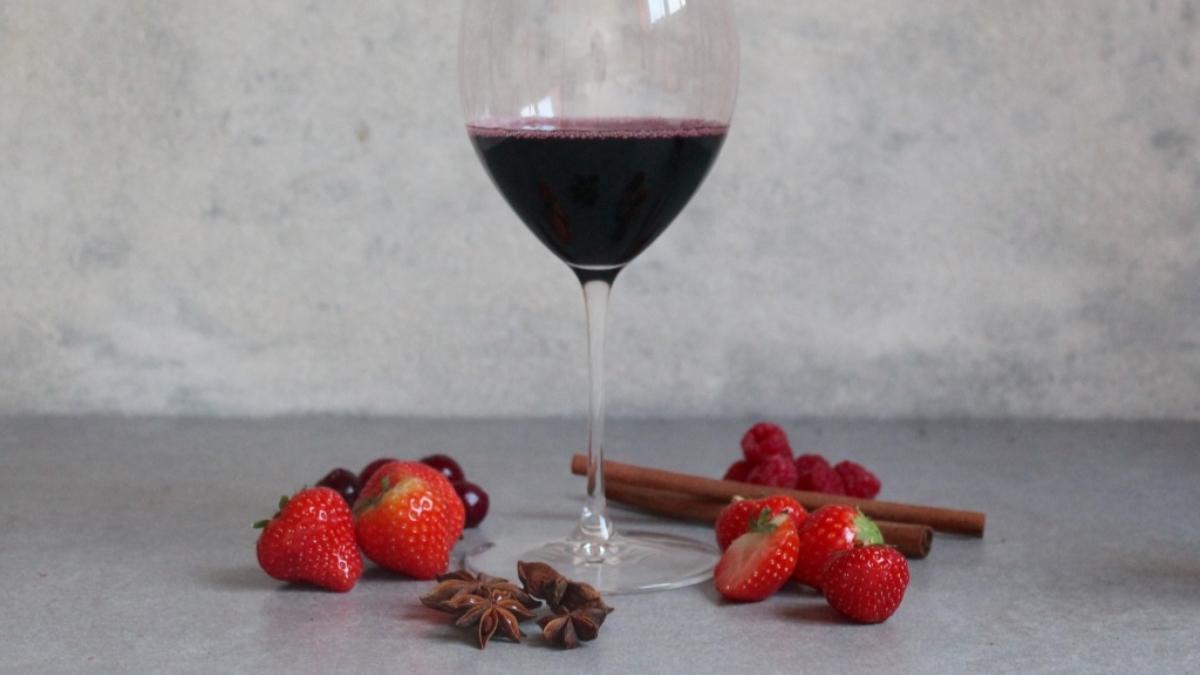
What sets Grenache apart is its unique flavour profile. It offers a medium- to full-bodied experience, showcasing a blend of red fruit characteristics such as ripe cherry, raspberry, and strawberry. You may also detect spicy notes, hints of white pepper, and a touch of herbal undertones. Interestingly, Grenache can present differently based on its terroir—grapes grown in warmer climates often produce wines that are more fruit-forward, while those from cooler regions may have higher acidity and more complex mineral flavours. This versatility allows wine enthusiasts to explore a broad spectrum of styles, from bold and fruity to more restrained and refined.
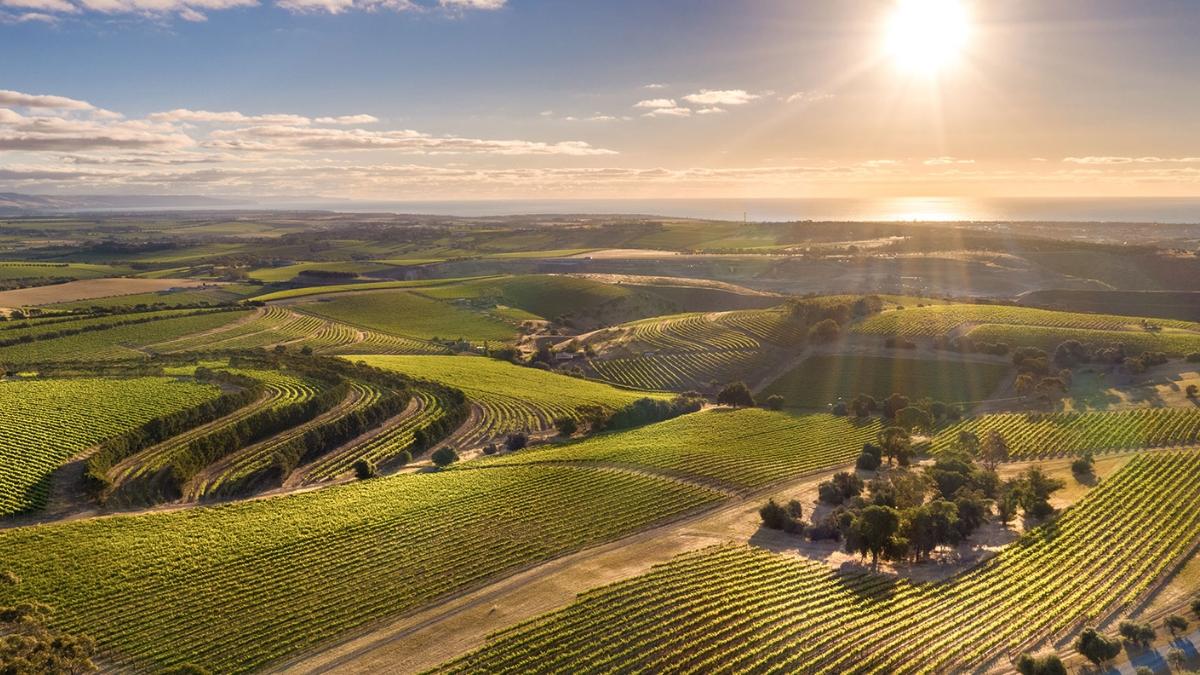
Grenache's allure transcends borders. In Australia, Grenache has gained popularity, particularly in regions like McLaren Vale and the Barossa Valley, where winemakers craft expressive and often oak-aged renditions. In contrast, Spanish Garnacha is typically lighter and more aromatic, often used in the production of rosé wines that burst with floral and fruity characteristics. In California, Grenache producers have begun to rediscover and elevate the grape, particularly in regions like Paso Robles and Santa Barbara. Here, Grenache is often made into both single varietal wines and blends, revealing its compatibility with varietals such as Syrah and Mourvèdre. This has led to a renaissance of sorts, as winemakers experiment with various styles and techniques, producing everything from vibrant, fruit-forward wines to complex, age-worthy expressions. Each region adds its distinct touch to Grenache, contributing to a diverse tapestry of flavour profiles that continue to intrigue wine lovers globally.
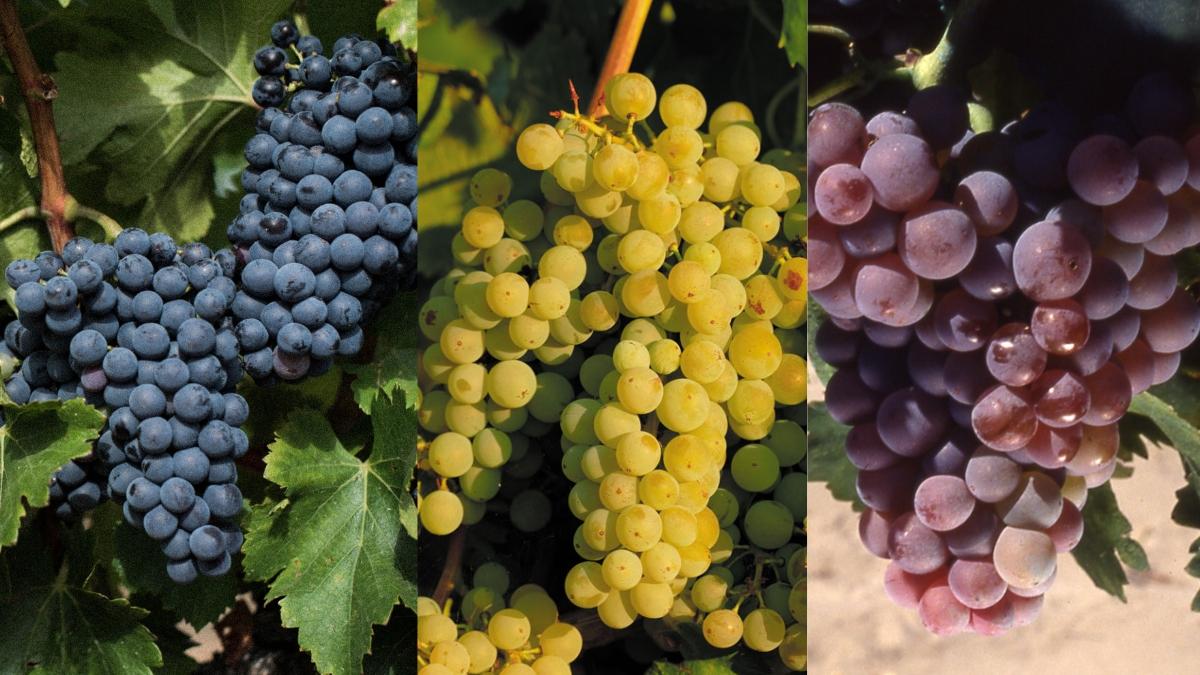
Grenache boasts three primary variations—Grenache Noir, Grenache Blanc, and Grenache Gris—each contributing its unique characteristics to the wine landscape.
Grenache Noir, the most prevalent, produces rich red wines typically featuring juicy flavours of ripe red fruits, making it the preferred choice for robust blends.
In contrast, Grenache Blanc, a white mutation, is increasingly popular in the southern Rhône, where it adds richness and texture to white blends, producing wines with floral and fruity notes.
Grenache Gris, though less common, is primarily found in the Roussillon region and is often blended into sweet dessert wines.
The diversity of Grenache grape variations results in a multitude of wine styles, from dry to sweet, and reflective of their terroir. Depending on where it’s grown—be it the warm climates of southern France, the sun-soaked vineyards of Spain, or the eclectic terroirs of Australia—the flavour profile and character of the wine can vary dramatically, offering drinkers a broad spectrum of experiences.
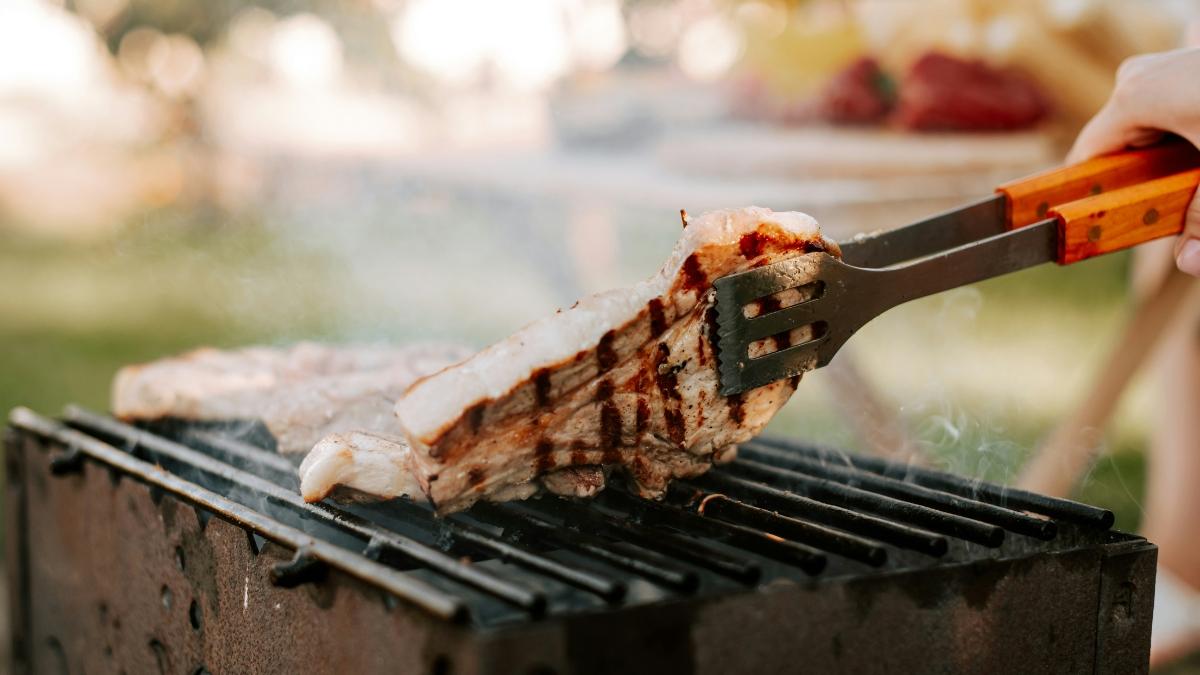
When it comes to food pairing, Grenache’s flexibility shines brightly. The wine can complement a range of dishes, making it an excellent choice for various culinary adventures. Serious Grenache wines, such as those from Priorat or Châteauneuf-du-Pape, can age beautifully for a decade or more, allowing their complex flavors to develop further. In contrast, lighter styles, particularly rosés, are best enjoyed within a year or two of bottling. Serving Grenache slightly chilled enhances its drinkability and tempers the impact of its higher alcohol content, a characteristic to be mindful of when pairing with spicy foods, as they can often clash. Ideal pairings include flavourful options like carnitas tacos, grilled steak, burgers, as well as hearty dishes such as cassoulet.
Our recommended Grenache Wines: Check out our range of Comando-G wines via the button below!